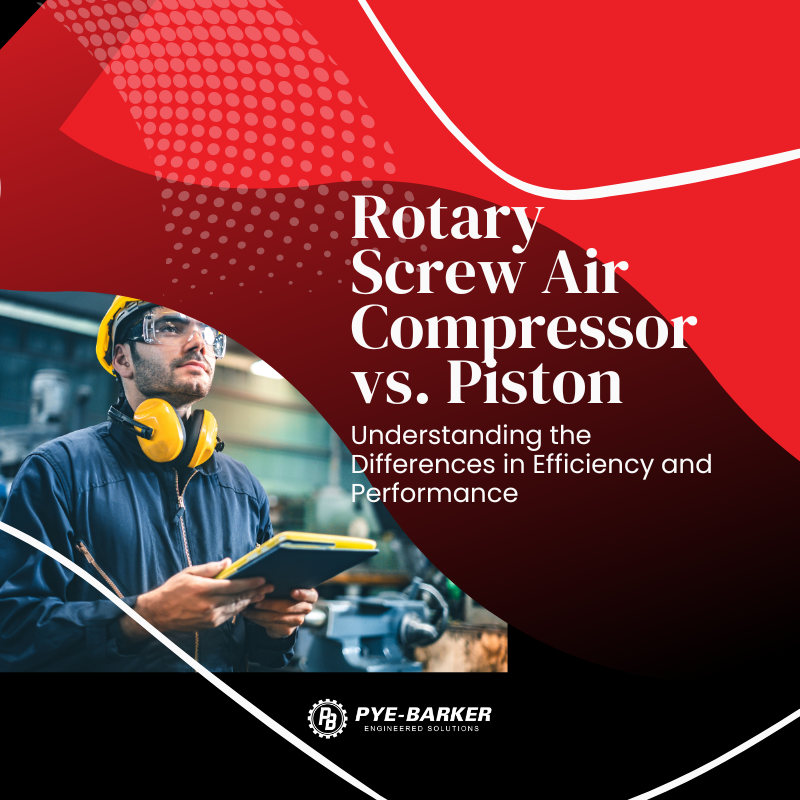
When it comes to selecting the ideal air compressor for your industrial operations, the choice between a rotary screw air compressor and a piston compressor is pivotal. Both offer unique advantages and are suited to different applications, making it essential to understand their differences to make an informed decision.
Reciprocating compressors, also known as piston compressors, utilize pistons to compress air to the desired line pressure. These units are relatively straightforward, often mounted on small receiver tanks and typically operate in start/stop mode controlled by a mechanical pressure switch. However, they are notorious for their noise levels, as the pistons generate considerable sound during operation.
The cooling systems of reciprocating compressors are often rudimentary, relying on pulley-mounted fans to blow cooling air across appendages. Consequently, the air produced tends to be hot and oily, requiring additional measures for effective cleaning and drying.
In contrast, rotary screw air compressors are more sophisticated and expensive units. They can usually be mounted on similarly sized storage tanks and operate continuously, alternating between full load and unloaded states with zero compressed air output. One notable advantage of screw compressors is their significantly quieter operation compared to reciprocating units, owing to efficient cooling systems resembling automotive radiators.
These compressors are designed to deliver cooler and cleaner air, making them suitable for direct connection to air dryers for moisture removal. Moreover, they typically exhibit lower power consumption per unit output at full load, resulting in enhanced efficiency compared to reciprocating compressors.
However, it's essential to note that screw compressors, when running in load/unload mode with small storage receivers, may continuously consume power even when unloaded, accounting for approximately 35% of the compressor's full load value. To address this, strategies such as increasing storage capacity and widening the load/unload pressure band can be employed, along with opting for compressors equipped with auto/dual mode functionality to minimize unnecessary power consumption.
Determining whether a rotary screw air compressor or a piston compressor is the optimal choice for your industrial requirements depends on various factors, including expected usage patterns, noise considerations, and energy efficiency goals. To gain further insight into these options and make an informed decision, reach out to Pye-Barker Engineered Solutions today.
Ultimately, the choice between a rotary screw air compressor and a piston compressor involves weighing factors such as efficiency, noise levels, and power consumption. Understanding the distinct advantages and considerations of each type is crucial for selecting the most suitable option for your industrial applications.



Notifications